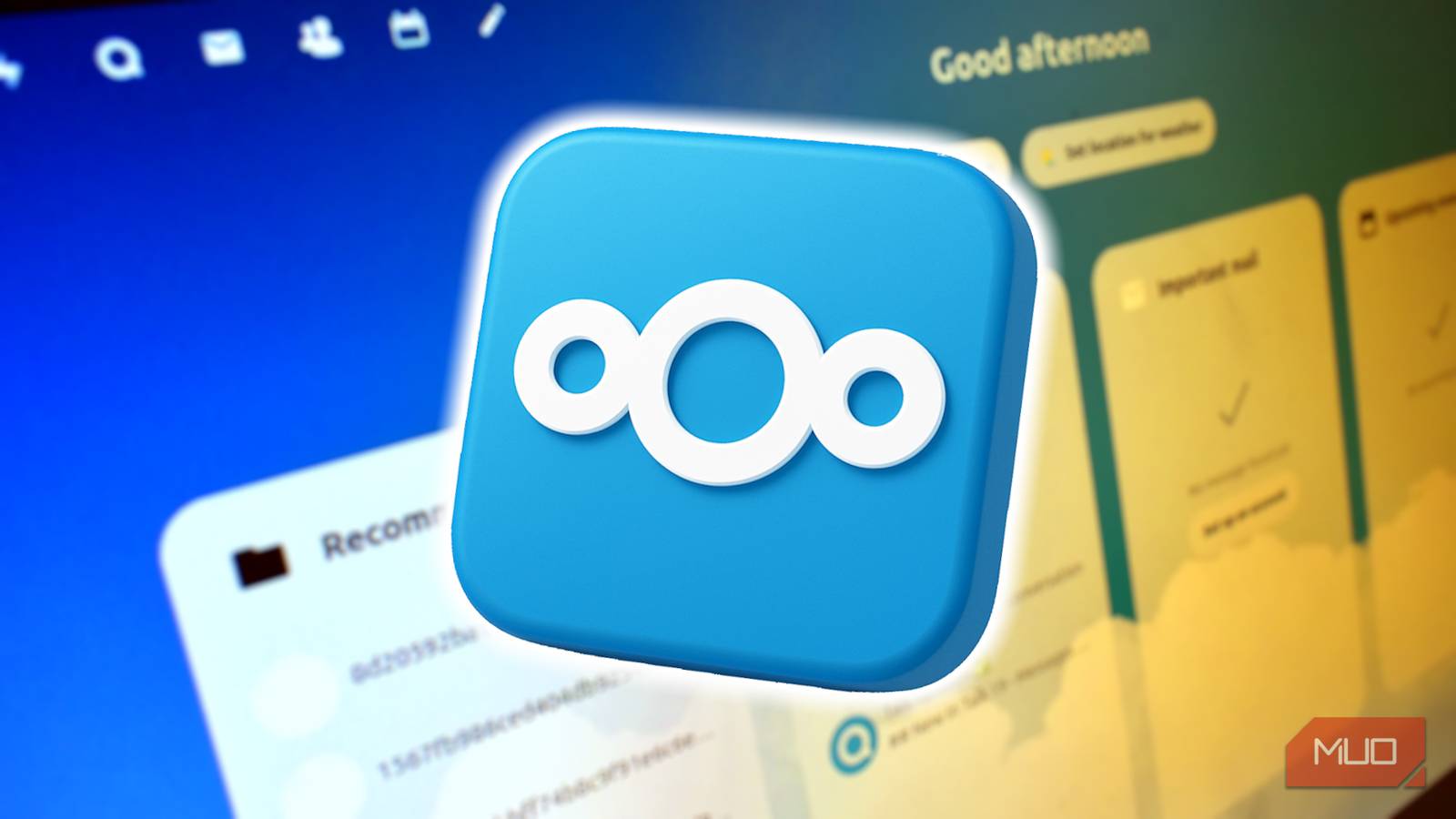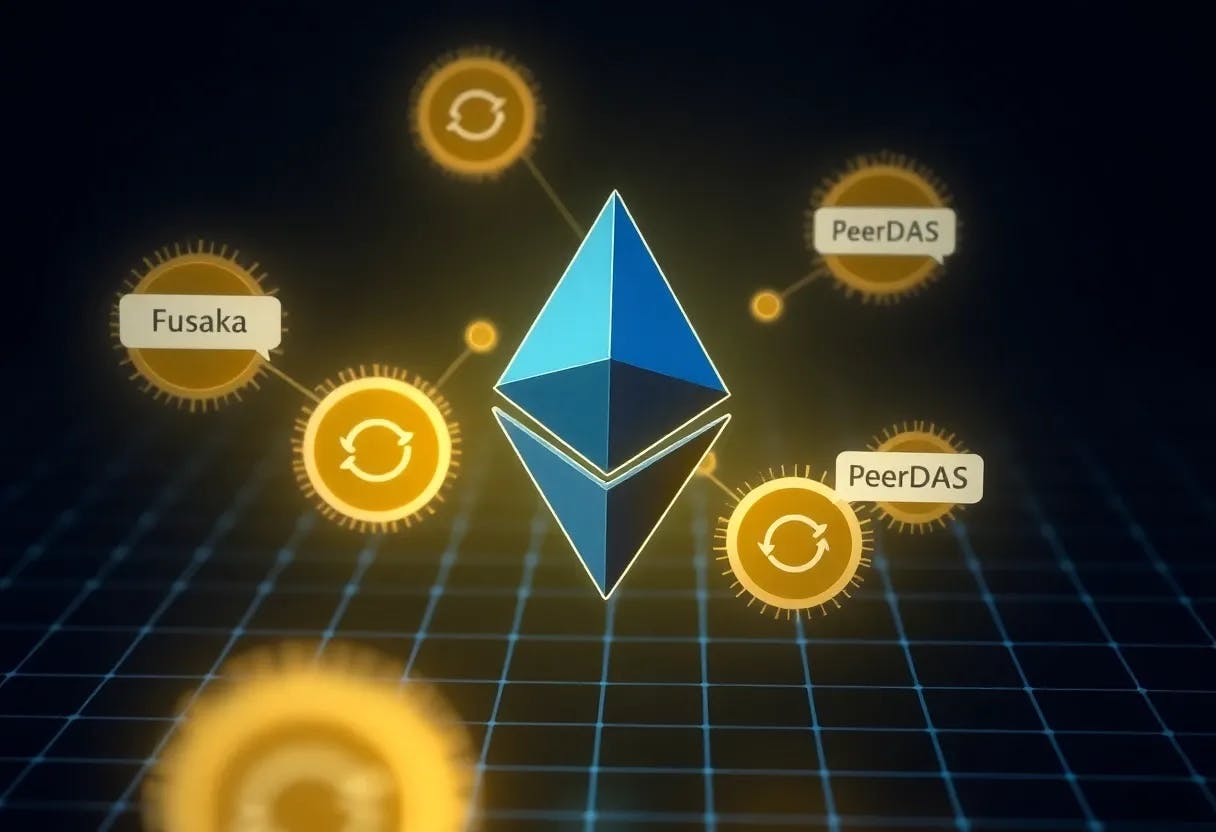Google Workspace is nearly unbeatable. All its tools—Docs, Drive, Meet, Calendar—feel seamless to the point that you feel you can justify the monthly bill. But I set up Nextcloud on my own server, and I’m beginning to feel that I wasted money on a lot of Workspace’s “premium” perks. Nextcloud gives you the same tools, and in some cases even better ones. It makes me wonder whether Big Tech promises much more than they can deliver.
I’m not trying to argue “open source is free, therefore good.” But I actually discovered features that, in some sense, outdo Google Workspace in usability. The added control and privacy are the icing on the cake. These features make you rethink why you paid for them in the first place.
Nextcloud Office
This is much more than LibreOffice Online
For years, my experience with open source Office tools was limited to LibreOffice, which isn’t designed for collaboration. So I wasn’t quite sure of what to expect from the Nextcloud Office tools. I was surprised to see that Nextcloud had a full collaborative suite that feels familiar if you’ve used Google Docs. It allows you to co-edit in real time; you see teammates’ cursor movements and can track changes as they happen.
Additionally, it is surprisingly accurate in handling Word, Excel, and PowerPoint formats. I had a .docx file whose formatting broke in Google Docs but rendered perfectly in Nextcloud. This cross-compatibility comes in handy when you exchange files with Microsoft Word users.
You can choose between Collabora, which is based on LibreOffice and offers a more traditional, document-first interface, or OnlyOffice, which mimics Microsoft Office’s ribbon-style design. Because Nextcloud is open source, you don’t have to rely on external servers; you can audit and store your documents.
The email experience
Nextcloud Mail turns email into a robust workspace
On Gmail, emails feel scattered. You open several tabs to have access to connected services. Email attachments are in Drive, events are on the Calendar, and video calls are pushed to Meet. Nextcloud has a different approach that feels more cohesive. For emails requesting a document, you can pull the document from your Nextcloud files rather than downloading or re-uploading anything. It feels more natural than the Google process.
It also handles managing multiple accounts really well. I have two inboxes side by side; it’s very convenient, and of course, there are no ads upselling a paid tier. Entry-level Gmail is free, but Workspace’s business model is clear; you pay to remove the distractions. Nextcloud Mail focuses on increasing productivity when emailing.
However, what stands out the most is the seamless integration with Calendar and Contacts. All meeting invites in my email appear on my calendar, and my contact info is synced across the suite. Right from an email thread, I can schedule a call in Talk—no need to open a new tab.
Talk (Built-In Video Chat)
The Google Meet version without time limits
If you’ve hosted meetings on Google Meet with three or more participants, you get a maximum of 60 minutes of call time on the free plan. Nextcloud Talk doesn’t have these call restrictions, making it very valuable for long workshops, classes, or client calls.
I was also surprised by the tight integration with Nextcloud Calendar and Files. I’m able to schedule calls directly from Nextcloud Calendar and share files from my storage during meetings. I can only achieve this on Google Meet if I’m on a paid Workspace plan.
It also includes extras you’d expect: group chat, screen sharing, and SIP gateway support for connecting to traditional phone systems.
The dashboard experience
An interface that becomes a personal command center
Nextcloud allows a fully customizable workspace, and it’s not just cosmetic—your workspace adapts to your workflow. I can add, remove, or rearrange widgets to surface the information I actually use, rather than a fixed interface.
Nextcloud email, calendar, tasks, and notes all live on one dashboard. This gives me a unified view of apps. This is very different from Google’s fragmented approach, where, for example, Gmail is separate from Calendar and Keep. The Nextcloud approach reduces context switching and saves time.
Nextcloud’s dashboard also has dynamic widgets. The calendar events update in real time. Task status changes are reflected immediately, and you can open file previews directly. The dashboard can also host additional app widgets, such as Kanban boards and music players.
Advanced file access
Access control goes beyond “Share With Link”
Nextcloud is open-source and built with privacy baked in, so its advanced file sharing and access control features aren’t surprising. However, it’s a feature worth highlighting. It allows you to append expiration dates to shared files or generate one-time access links. I find this handy for sharing sensitive documents. It’s the kind of control lacking in Google’s basic “share with link.”
The automatic watermarking of PDFs or images is another feature that stands out. But there is more. You can also disable downloads for view-only sharing. If you need to protect intellectual property, these are features you may want to apply.
A Nextcloud server admin can configure conditional access rules. Some of my favorites are enforcing 2FA before opening shared files and restricting access by IP range or group membership. You don’t need a Workspace Enterprise plan for this level of compliance control.
Premium-level tools can be free
Nextcloud features are not a one-for-one copy of Google Workspace. It implements certain features differently, demonstrating that premium features don’t need to be reserved for subscribers. After years in Google’s ecosystem, and now experiencing Nextcloud, I get the feeling that the convenience of Google Workspace may just be good marketing.
There are several ways to use Nextcloud. You can build your own Raspberry Pi cloud server with it, or even host your own note-taking app on it. It gives you absolute control and a level of flexibility you won’t find in proprietary software.















